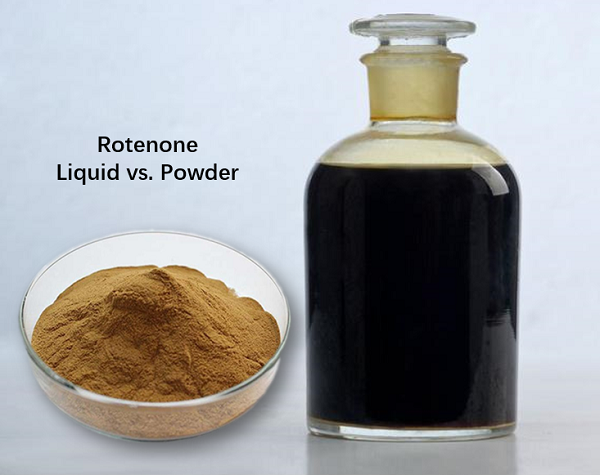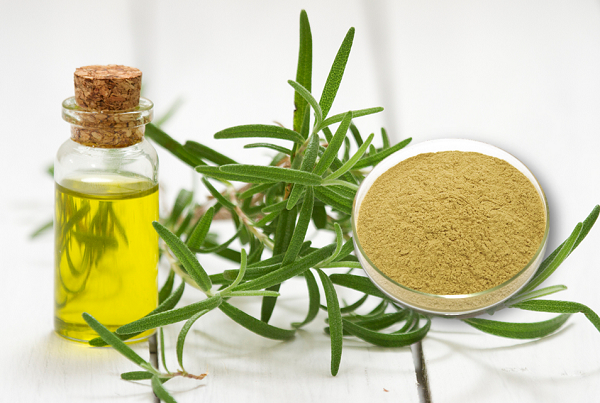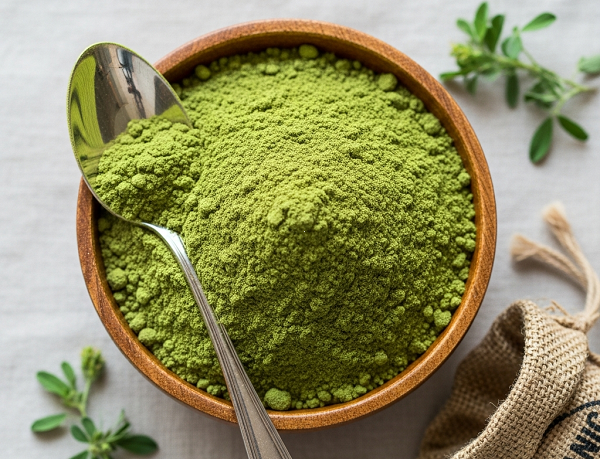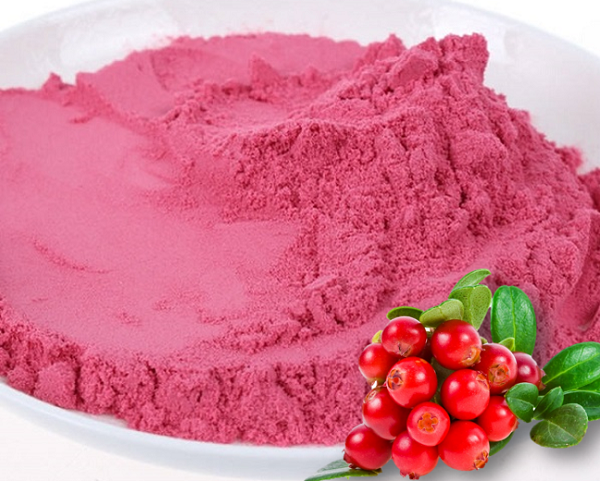Follow Us:

Pyrethrins Piperonyl Butoxide Shampoo as Pet Care
Pyrethrins, natural insecticides derived from the flowers of the chrysanthemum plant, are widely used in pet care products such as shampoos and sprays to treat and prevent flea, tick, and other insect infestations. When compounded with Piperonyl Butoxide (PBO), an ingredient that enhances the efficacy of pyrethrins, these shampoos provide an effective yet gentle solution for pest control on pets. In this article, we will explore the manufacturing process of Pyrethrins in the factory, the necessity of Pyrethrins in pet care shampoo and potential ingredients that can be combined with it for optimal results.

Is Pyrethrins Necessary in Pet Care Products?
Yes, Pyrethrins play a crucial role in many pet care products, especially those aimed at controlling flea, tick, and other pest infestations. These pests are not only uncomfortable for pets but can also carry diseases or cause allergic reactions. Pyrethrins are an effective, fast-acting insecticide that is gentle on pets while providing essential pest control. Moreover, because pyrethrins are derived from natural sources, they are often seen as a preferable alternative to synthetic chemicals in pet care.
Formula Pyrethrins with Other Ingredients
To enhance the performance, safety, and application of Pyrethrins in pet care products, they are often combined with other ingredients. Some of the most common compounding ingredients include:
- Piperonyl Butoxide (PBO) PBO is commonly combined with pyrethrins to increase their insecticidal potency. It works by inhibiting the enzymes in insects that would normally break down the pyrethrins, thereby prolonging their effectiveness. This allows pyrethrins to work more efficiently at lower concentrations, reducing the potential for toxicity in pets.
- Coconut Oil Coconut oil is a natural emollient that is often added to pet care shampoos to moisturize the skin and coat of pets while providing a soothing effect. It also helps distribute the active ingredients more evenly across the skin.
- Aloe Vera Known for its calming and hydrating properties, Aloe Vera is commonly included in pet shampoos. It helps soothe irritated skin that may have been caused by insect bites or scratching, and its anti-inflammatory effects can provide comfort to pets with sensitive skin.
- Tea Tree Oil Tea tree oil has antibacterial and antifungal properties and is sometimes included in pyrethrin-based shampoos to help maintain a healthy, clean coat and skin for pets.
- Glycerin Glycerin is often included as a humectant, helping to draw moisture into the skin and prevent dryness. It can also improve the texture and spreadability of the shampoo, ensuring even application.
- Fragrance and Essential Oils Natural fragrances or essential oils like lavender or chamomile are sometimes added to pet shampoos to leave a pleasant scent, further enhancing the experience for pets and their owners.
Manufacturing Process of Pyrethrins
The process of converting pyrethrins into a liquid form for commercial use involves several steps, from extraction to formulation. Pyrethrins liquid process:
1. Harvesting the Pyrethrum Flowers
The first step in the pyrethrin liquid process begins with the harvesting of the pyrethrum flowers. These flowers are carefully picked at the peak of their flowering period to ensure maximum concentration of pyrethrins. The flowers are then dried to preserve the active compounds and facilitate the extraction process.
2. Extraction of Pyrethrins
After the flowers are dried, they undergo a chemical extraction process to isolate the pyrethrins. This process typically involves the use of a solvent to dissolve the active insecticidal compounds from the plant material. The most common solvents used in this process are hexane, ethanol, or acetone.
- Solvent Extraction: The dried pyrethrum flowers are immersed in the solvent, which dissolves the pyrethrins into a liquid form. This mixture is then filtered to remove solid plant material, leaving behind a pyrethrin-rich liquid extract.
- Cold Extraction: In some cases, the flowers are extracted using cold methods to preserve the delicate compounds of pyrethrins that may degrade under heat.
3. Purification and Concentration
Once the pyrethrin extract is obtained, it undergoes a purification process to remove unwanted impurities, such as residual solvents and other plant matter. This is typically achieved through:
- Filtration: The extract is passed through fine filters to remove any remaining solid particles.
- Distillation: In some cases, distillation is used to further refine the extract and concentrate the pyrethrins by separating the solvent from the active compounds.
This results in a purified pyrethrin extract that contains a high concentration of active insecticidal compounds.
4. Formulation into Liquid Pyrethrins
The purified pyrethrin extract is then formulated into a liquid insecticidal product. At this stage, the pyrethrins are diluted and combined with other ingredients to enhance stability, safety, and efficacy. Common components added during formulation include:
Solvents: Additional solvents such as water, ethanol, or propylene glycol are added to adjust the viscosity of the product and ensure that the pyrethrins are evenly distributed.
Surfactants: Surfactants (e.g., detergents) are incorporated to help the pyrethrins spread evenly over surfaces, whether it’s a pet’s coat, a plant surface, or a household area.
Stabilizers: Stabilizers are often included to prevent the degradation of pyrethrins, as they are sensitive to light and heat. These stabilizers help to preserve the efficacy of the product over time.
- Piperonyl Butoxide (PBO): Often included in insecticidal formulations, PBO is a synergist that enhances the effectiveness of pyrethrins by inhibiting the breakdown of the insecticidal compounds, allowing them to work longer and more efficiently.
- Preservatives: To prevent microbial growth and ensure the longevity of the product, preservatives may be added to liquid pyrethrins formulations.
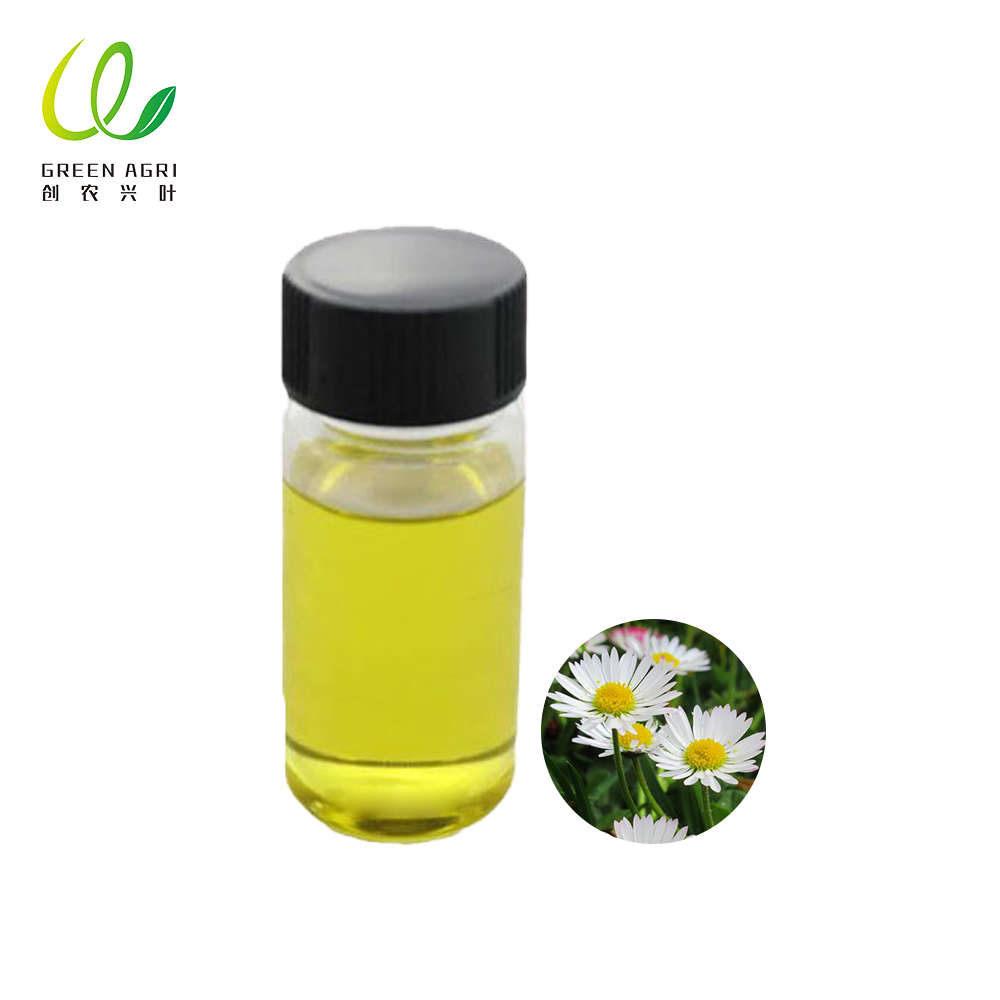
5. Quality Control and Testing
Once the liquid pyrethrin formulation is complete, it undergoes a rigorous quality control process to ensure that the product meets safety, efficacy, and quality standards. This process includes:
- Testing for Potency: The concentration of active pyrethrins is tested to ensure that it aligns with the intended formulation.
- Stability Testing: The liquid is tested for stability to ensure that it retains its potency and effectiveness over time.
- Microbial Testing: The formulation is checked to ensure that it is free of harmful microorganisms that could affect safety.
6. Packaging and Distribution
After passing all quality control tests, the liquid pyrethrin products are packaged into appropriate containers (such as bottles, sprayers, or bulk drums) for distribution. The packaging process must also ensure that the product is protected from light and air to maintain its effectiveness. The final products are then ready for shipment to stores, distributors, or manufacturers for use in pet care, agriculture, or pest control products.
As a Pyrethrins Manufacturer, we offer 25% quantities of light yellow liquid, Greenagribio are pleased to offer a MOQ 1-25kg, with the flexibility to customize orders based on your specific requirements. Whether you need smaller quantities for research, formulation, or testing, or larger quantities for commercial production, Our can accommodate your needs.
What Pets Can Use Shampoo Containing Pyrethrins
Shampoos containing pyrethrins are commonly used for pest control and are safe for various pets, provided the product is formulated specifically for the species in question and is used as directed. Pyrethrins are effective in treating and preventing flea, tick, and other insect infestations, but safety precautions must be followed to ensure the well-being of the animal. Here is a breakdown of pets that can use pyrethrin-based shampoos:
1. Dogs
Dogs are the most common pets to benefit from pyrethrin-based shampoos. These shampoos help control fleas, ticks, and lice while being gentle on their skin and coat. Pyrethrins are considered safe for most dog breeds when used as directed. However, it is crucial to avoid excessive use, as overapplication or incorrect formulations can cause irritation or adverse reactions.
- Caution: Avoid using pyrethrin shampoos on puppies under 12 weeks of age unless specifically recommended by a veterinarian. Some breeds, such as Collies, may have a sensitivity to pyrethrins, so it’s important to consult a vet before use.
2. Cats
Cats can also benefit from pyrethrin-based shampoos for flea and tick control. However, there are some important considerations:
- Sensitivity: Cats are generally more sensitive to pyrethrins than dogs, and some may experience reactions even to products labeled safe for cats. It’s essential to use shampoos that are specifically formulated for cats and to follow all guidelines provided by the manufacturer.
Which Pets are Allergic to Shampoos Containing Pyrethrins
While pyrethrin-based shampoos are generally considered safe for many pets, some animals can have allergic reactions to these products. The severity of the reaction can vary depending on the pet’s individual sensitivities, breed, and overall health. Here’s a look at which pets are more likely to be allergic to pyrethrins and how to identify allergic reactions:
Breeds Prone to Sensitivity:
Certain dog breeds are known to have more sensitive skin or may be more prone to reactions to pyrethrins. These breeds include:
- Collies
- Old English Sheepdogs
- Shetland Sheepdogs
- Border Collies
- Australian Shepherds
These breeds have a genetic predisposition that may make them more sensitive to pyrethrins. In particular, Collies and related breeds are known to be more vulnerable to toxicity from pyrethroids, which are a class of synthetic insecticides related to pyrethrins.
Small Mammals (Rabbits, Guinea Pigs, Hamsters, etc.)
Small mammals, like rabbits, guinea pigs, hamsters, and ferrets, can also be allergic to pyrethrin-based shampoos. These pets often have more delicate skin and respiratory systems, making them more susceptible to allergic reactions.
- Skin Sensitivity: Redness, bumps, or hair loss may occur.
- Respiratory Issues: If inhaled, the active ingredients in pyrethrin shampoos can irritate the respiratory system, causing sneezing, coughing, or wheezing.
- Digestive Upset: Ingestion (through grooming) can cause vomiting or diarrhea.
Because small mammals are more sensitive to chemicals, it’s essential to consult a veterinarian before using any pyrethrin-based product on these pets. In many cases, gentler, species-specific alternatives are recommended.
Birds
Birds are particularly vulnerable to pyrethrins because of their sensitive respiratory systems. If exposed to pyrethrin-based shampoos, birds can suffer from respiratory distress, which may manifest as:
- Labored Breathing
- Coughing or Sneezing
- Loss of Appetite or Lethargy
Birds typically do not need shampoos for flea or tick control, and alternative treatments designed for avian species should be used instead. Always consult with an avian vet before using any insecticidal products on birds.
Reptiles and Amphibians
Reptiles and amphibians are also very sensitive to chemicals, including pyrethrins. These pets absorb substances through their skin, and the use of pyrethrin-based shampoos can lead to poisoning or other adverse reactions. Symptoms might include:
- Skin Irritation or Ulcers
- Lethargy or Weakness
- Loss of Appetite
- Respiratory Distress
It’s best to avoid using pyrethrin-based shampoos on reptiles or amphibians unless specifically advised by an experienced veterinarian who is knowledgeable about the species in question.
What to Do If Your Pet Has an Allergic Reaction?
If you suspect that your pet is having an allergic reaction to a pyrethrin-based shampoo, follow these steps:
- Rinse Immediately: Thoroughly rinse your pet with lukewarm water to remove any remaining product from their skin and coat.
- Observe for Symptoms: Monitor your pet closely for any signs of discomfort or worsening symptoms.
- Consult a Veterinarian: If symptoms persist or worsen, contact your veterinarian for advice and possible treatment. In cases of severe reactions, seek emergency veterinary care immediately.
Contact us today to discuss how can support your project or business with our premium Pyrethrins Liquids.
Also See













